- Typology
- Home
- Project
- Where the Wild Morels Grow... 019
- year
- 2017 - 2022
- Location
- Schmergow, Brandenburg, Deutschland
- "Where the Wild Morels Grow..." is the name of a residential building designed by c/o now in Schmergow, part of the municipality of Groß Kreutz, between Potsdam and Brandenburg an der Havel. The building is based on French architecture of the 1980s/90s (Jourda & Perraudin, Lacaton & Vassal), which used industrially manufactured greenhouses as extension houses. In Schmergow, a prefabricated hall in timber construction - clad with trapezoidal sheets, light and sandwich panels in the roof area, opening generously to the garden with two sliding doors - serves as a weatherproof, non-temperature-controlled climate envelope for a heatable core house. Starting from its 90 m2 of living space on two levels, to which a total of 65 m2 of "loggia" and terrace, as well as 60 m2 of indoor garden are added, the house can be extended to a maximum of just under 400 m2 of living space with a built-over area of 200 m2 (partially sealed). While the residents retreat to the core house during the colder months of the year, the house expands into the partially planted climate shell during the rest of the year: Here, the dining table is half indoors, half in the garden; there, children play in the fresh air even though it rains. By offering simple options for further development and deconstruction, c/o now thus attempts to break through the typological limitation to exclusive use by nuclear families, which is disproportionately widespread in rural areas, in favor of other forms of living.
- team c/o now
- Nicolas Bobran, Tobias Hönig, Andrijana Ivanda, Toan Nguyen, Markus Rampl, Paul Reinhardt, Duy An Tran, Diyar Ünlüçay, Ksenija Zdešar
- special thanks
- Christian von Borries
 019
019
Fig.___https://www.bauwelt.de/rubriken/bilder/Bauwelt-Preis-2023-entschieden-3907049.html
© c/o now
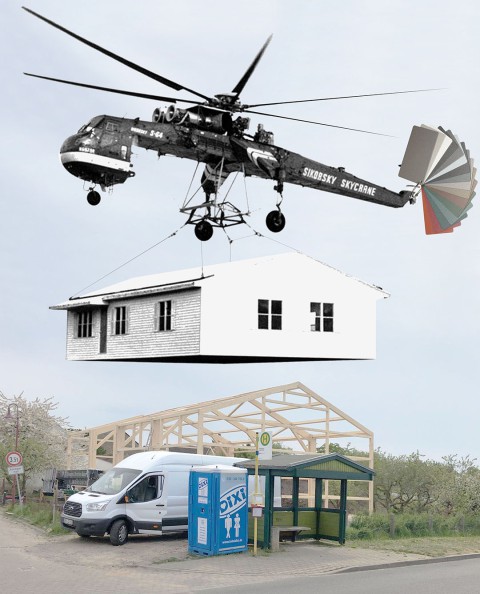 019
019
Fig.___© c/o now
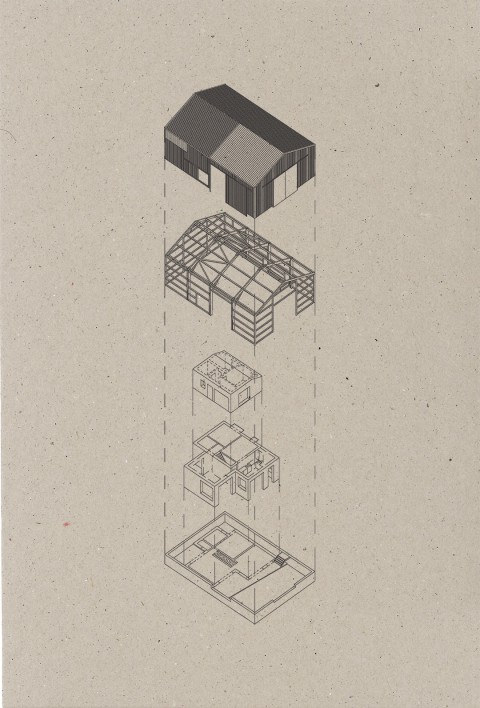 019
019
Fig.___© c/o now
 019
019
Fig.___© Zara Pfeifer & c/o now
 019
019
Fig.___© Zara Pfeifer & c/o now
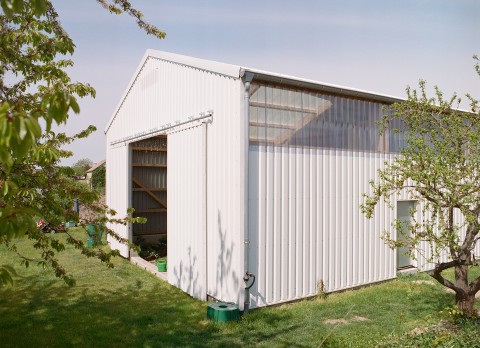 019
019
Fig.___© Zara Pfeifer & c/o now
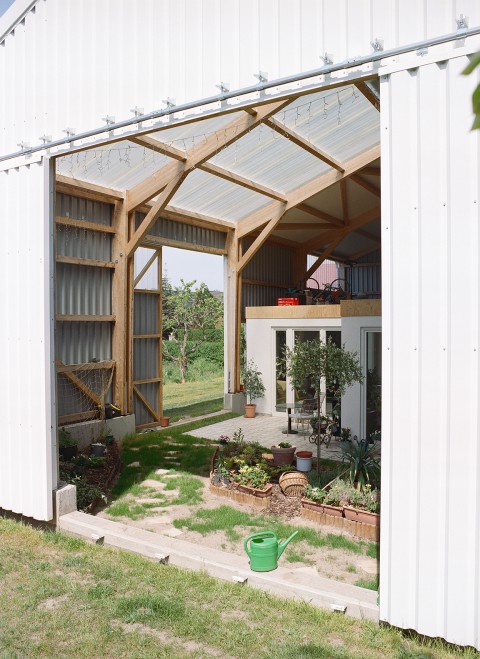 019
019
Fig.___© Zara Pfeifer & c/o now
 019
019
Fig.___© Zara Pfeifer & c/o now
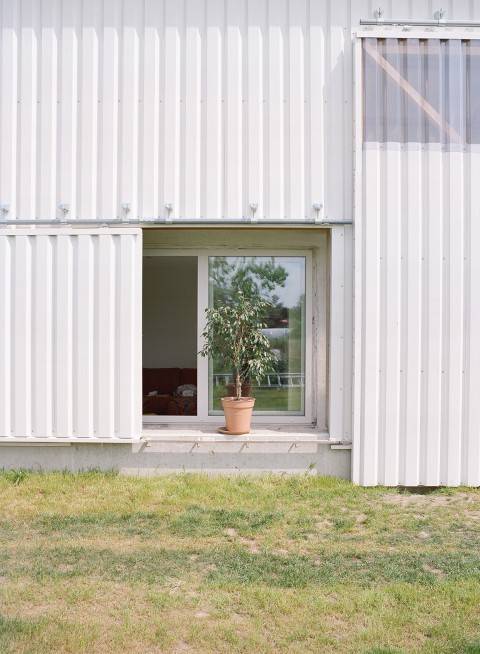 019
019
Fig.___© Zara Pfeifer & c/o now
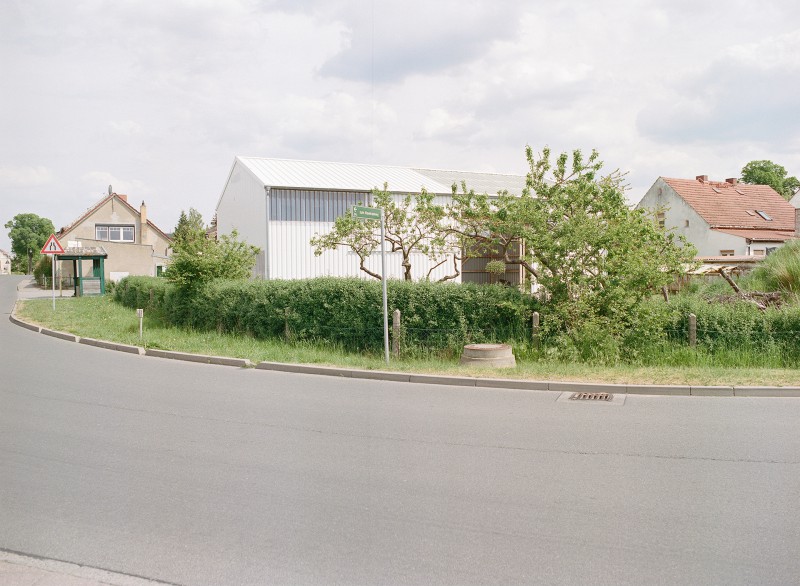 019
019
Fig.___© Zara Pfeifer & c/o now
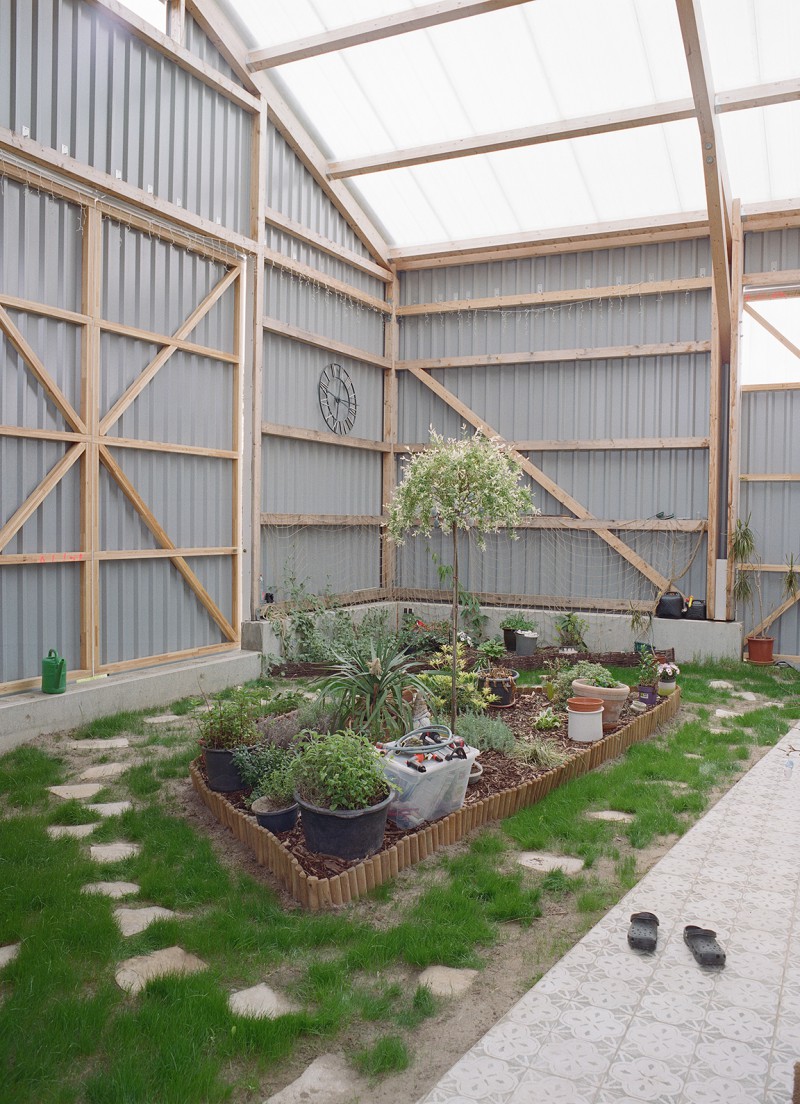 019
019
Fig.___© Zara Pfeifer & c/o now
 019
019
Fig.___© Zara Pfeifer & c/o now
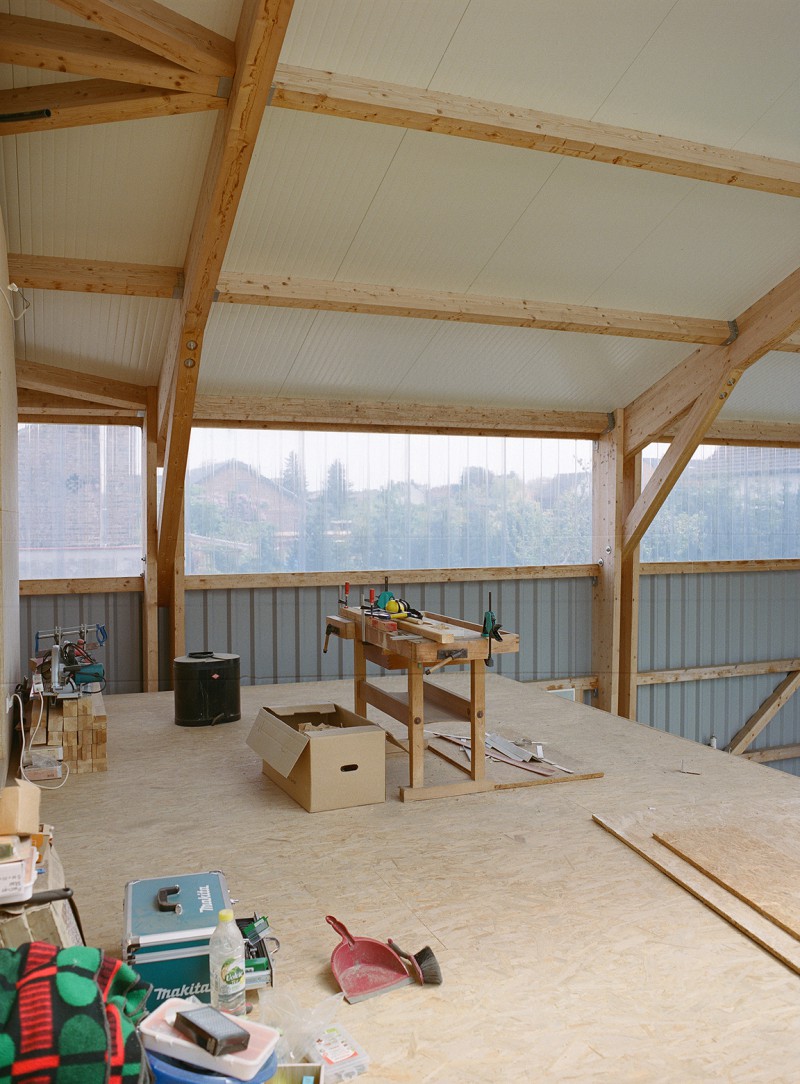 019
019
Fig.___© Zara Pfeifer & c/o now
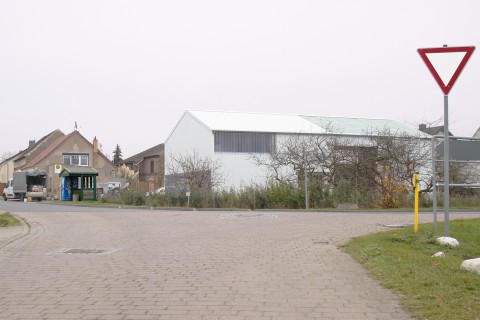 019
019
Fig.___© c/o now
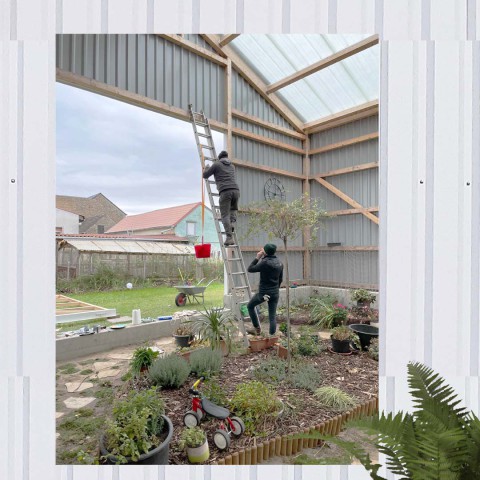 019
019
Fig.___© Zara Pfeifer & c/o now
 019
019
Fig.___© c/o now
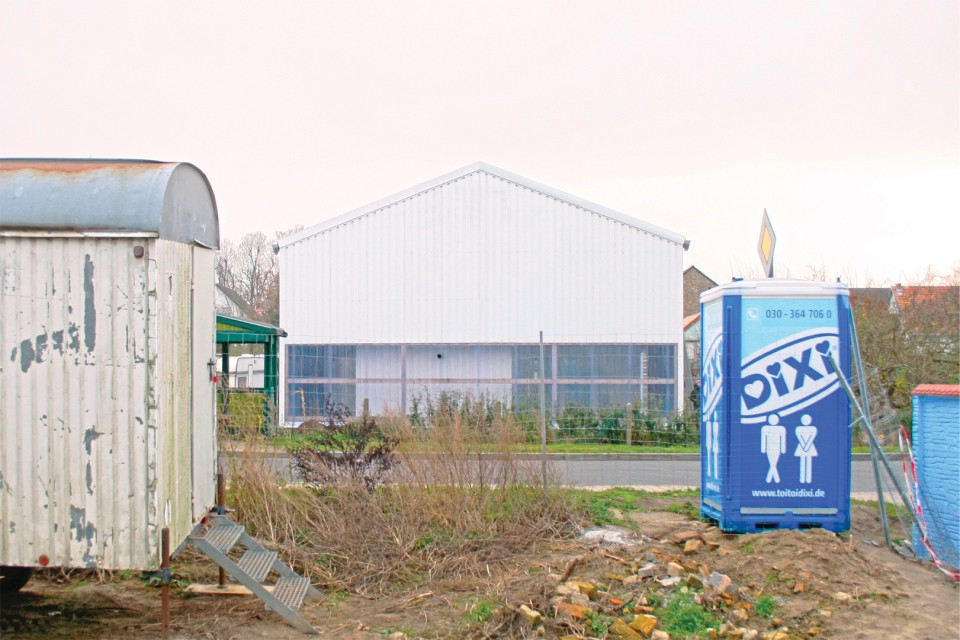 019
019
Fig.___© c/o now
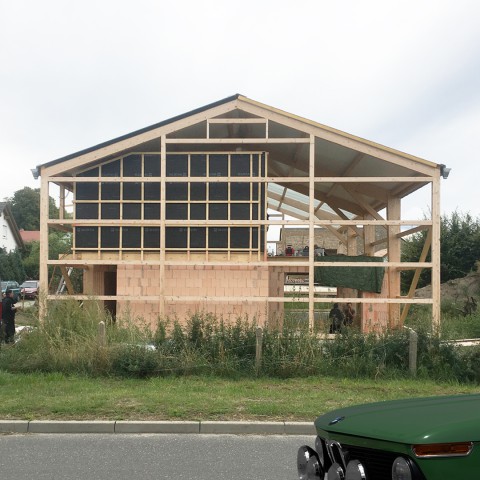 019
019
Fig.___© c/o now
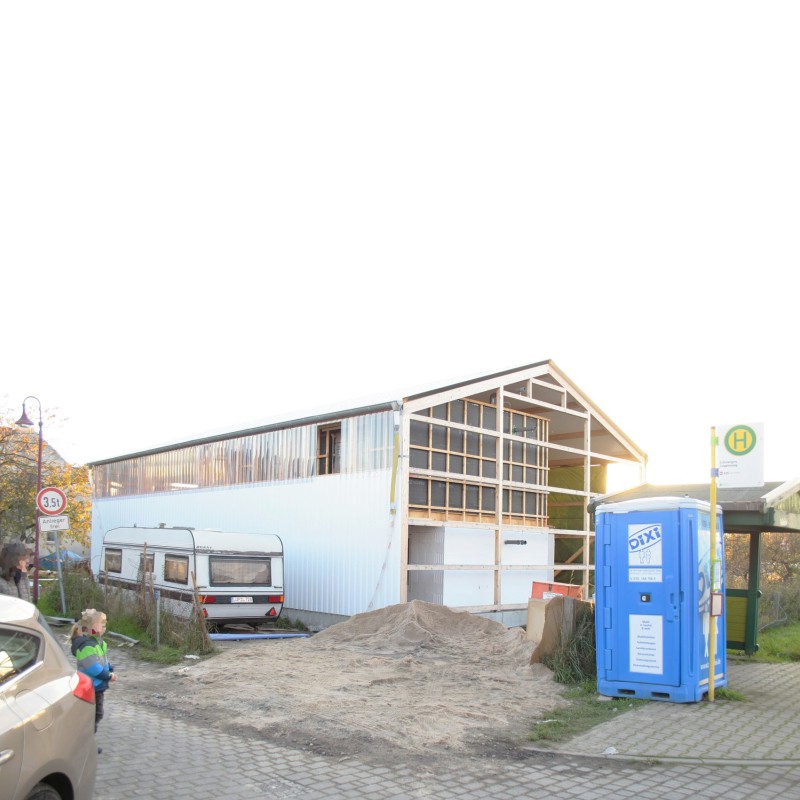 019
019
Fig.___© c/o now
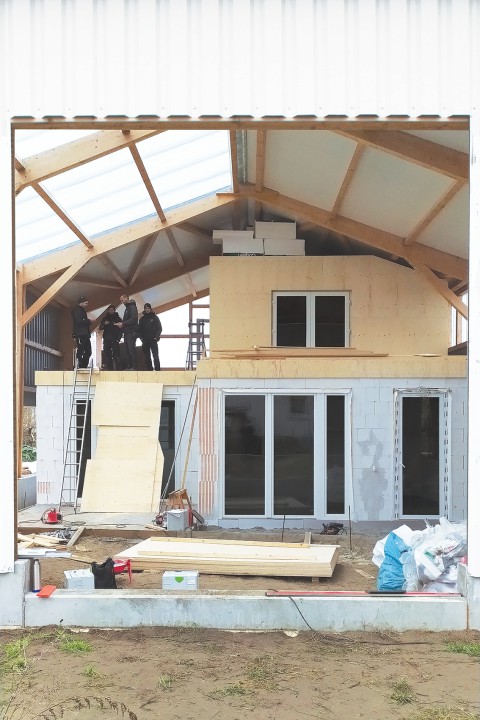 019
019
Fig.___© c/o now
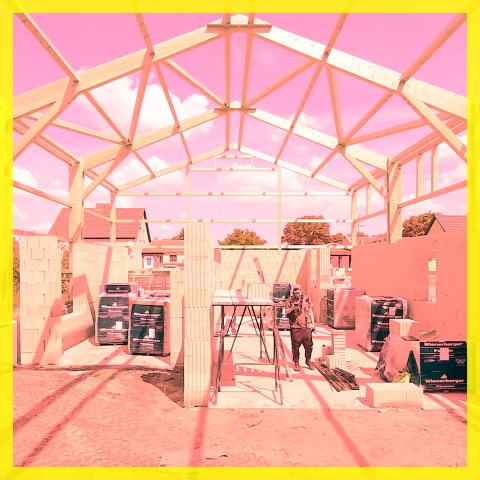 019
019
Fig.___© c/o now
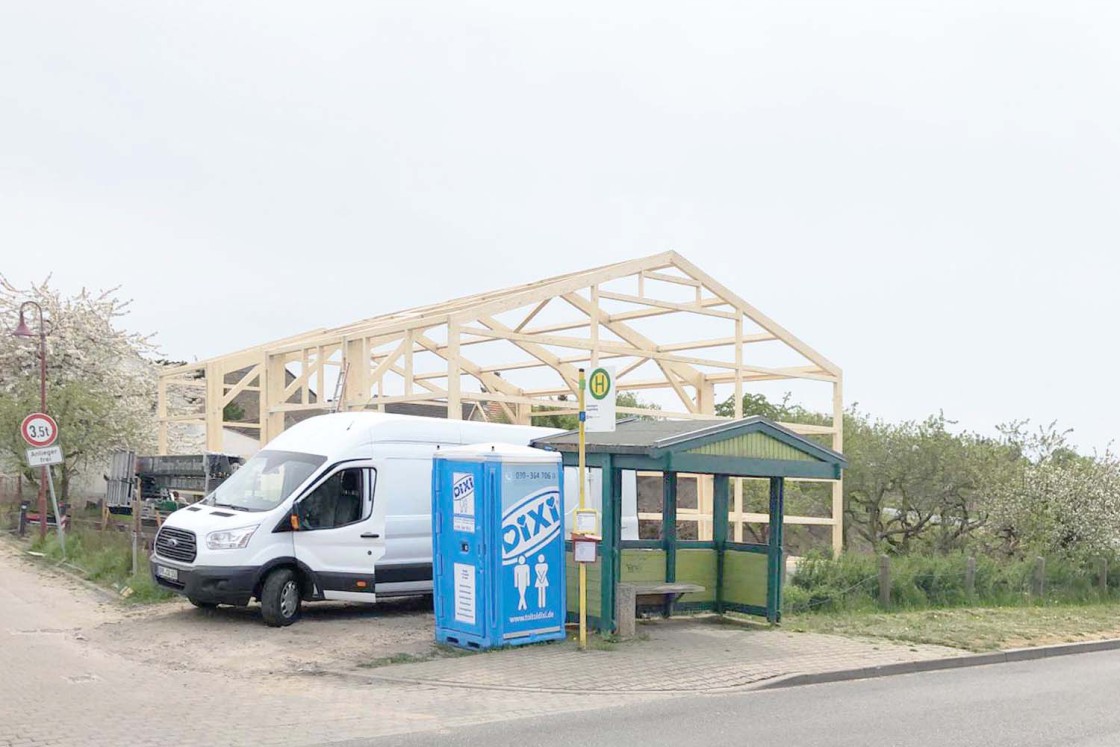 019
019
Fig.___© c/o now
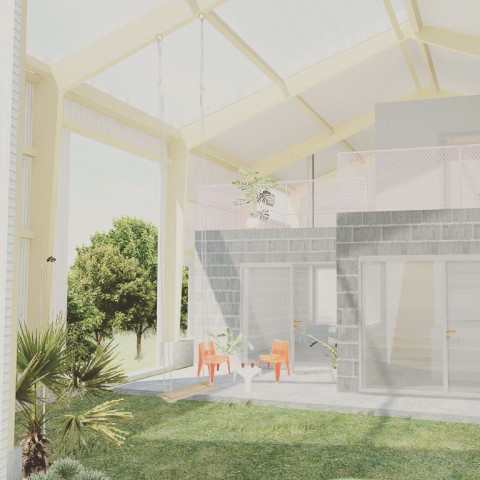 019
019
Fig.___© c/o now
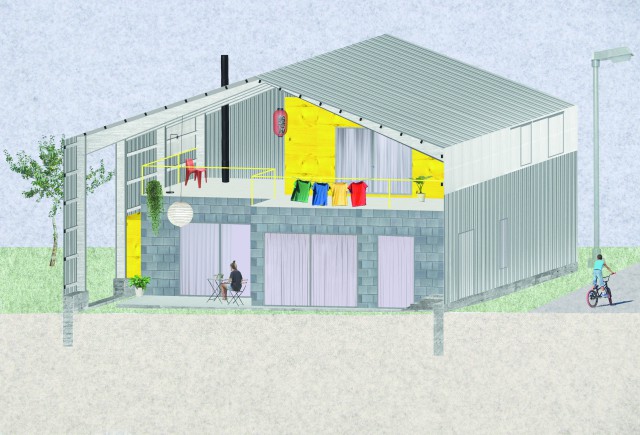 019
019
Fig.___Axon section.
© c/o now
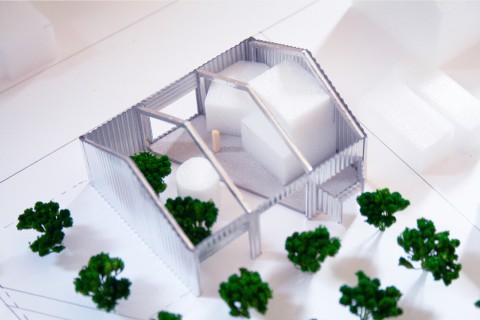 019
019
Fig.___First conceptual model. Roof removed…
© c/o now
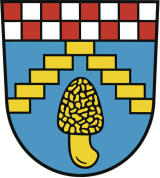 019
019
Fig.___Schmergow used to be a slavic settlement once and was called „Smergowe“ then, which means us much as „place where the morels grow“. Consequently Schmergow’s coat of arms shows a golden morel. And: a golden roof! Just like in c/o now’s proposal…
Coat of arms: Frank Diemar, Public Domain, via Wikimedia Commons
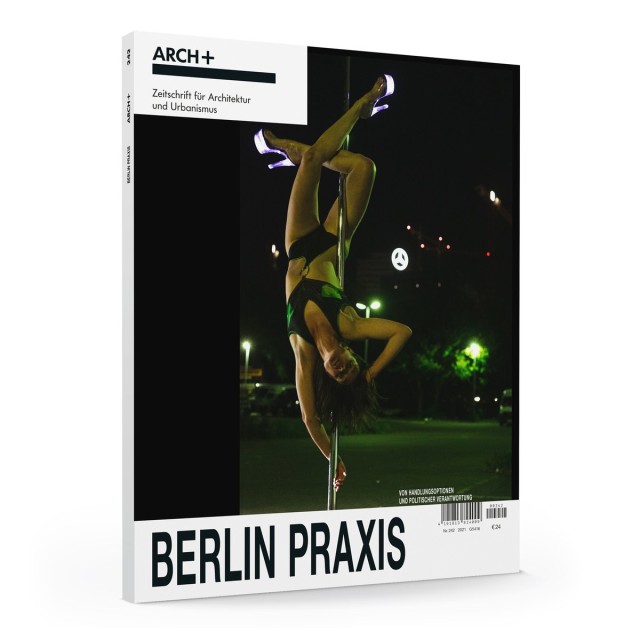 019
019
Fig.___© ARCH+
 019
019
Fig.___WTWMG during construction, photographed by Zara Pfeifer, as shown in ARCH+.
©ARCH+, Original: © Zara Pfeifer & c/o now
 019
019
Fig.___© Baumeister
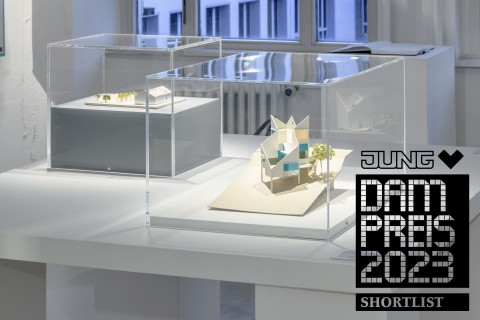 019
019
Fig.___© c/o now
The Berlin housing market has changed dramatically since last time moving. It is no longer possible to find an almost affordable apartment with an extra room in which the kids or the parent who needs care could live in the future. And so, it is not just more and more cultural workers who are leaving Berlin on their days off for the new artist colonies in the Uckermark. Even established Berliners decide to keep their jobs in the city, but to turn backs on it permanently in order to live there. In favor of a life in Brandenburg. There, the promise of picturesque little houses that can be restored with just a few personal contributions beckons. And thanks to the low land prices compared to Berlin, new construction can be realized without the eternal commitment to a building group. Or perhaps a low-cost, rough house made of cast-in-place concrete, which nevertheless meets the high aesthetic standards that you know from magazines or online platforms? A first, quick rough calculation with the characteristic values of the Building Cost Information Center of German Chambers of Architects (BKI) translates the client's budget into 70 m2 of living space cast in concrete. No improvement over the apartment they now live in at Stuttgarter Platz in the south of Charlottenburg. On the property between Potsdam and Brandenburg an der Havel, which is 100 minutes away by public transport and has already been purchased by the clients, not only would no additional room be gained, but living space would even be lost. Perhaps one would have to work with readymades, get a prefabricated hall like those used by farms or horse farms all over the Osthavelniederung, and then expand it according to the house-in-house principle, as known from the greenhouses built by Lacaton & Vassal or Françoise-Hélène Jourda and Gilles Perraudin in the late 1980s?
c/o now offered the clients a choice of both scenarios: Either a 70 m2 house made of exposed concrete, or a hall with a footprint of 200 m2, which could then be expanded over time, protected from the weather and in accordance with the budget - also in part with the client's own contribution - building block by building block up to a maximum of 400 m2 of usable space on two levels. The clients opted for the second option. Thus, depending on the parameters of the site, the largest possible weatherproof but non-air-conditioned hall was created from prefabricated elements in timber construction, which were clad with closed, opaque, transparent, and partially openable industrial building materials such as trapezoidal sheets in the wall area and sandwich panels in the roof area. In addition to smaller lighting and ventilation openings, the shell also includes two large sliding doors that open the hall to the garden, the first of which was built together with the architects, and the second of which was built by the client alone. The actual construction of the hall began with a heatable core house of 90 m2 on two levels, to which a total of 65 m2 of "loggia" and terrace is added, as well as 60 m2 of indoor garden in the climatic intermediate layer of the hall. From this basic setting, volumes can now be added or taken away again and again under the weather-protected conditions created by the hall, without having to resort to especially robust materials or complicated construction techniques such as elaborate sealing measures. Extension and rebuilding are thus much cheaper compared to standard houses. This offer of simple options for further construction and deconstruction makes it possible to break through the typological limitation to exclusive use by nuclear families, which is disproportionately widespread in rural areas, in favor of other forms of housing. While the clients are currently using the "loggia" on the upper floor as a workshop that is safe from the children, a small greenhouse from the hardware store could soon be located here to accommodate the clients' home office. With the move-in of the clients, the construction site was officially finished. However, the expansion and further construction by the clients themselves continues.